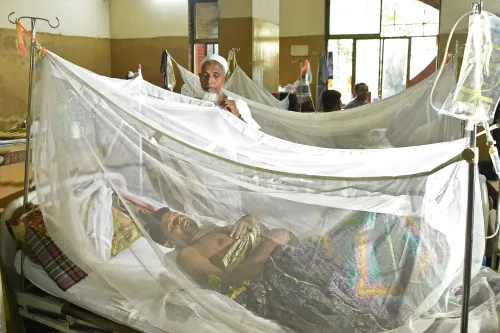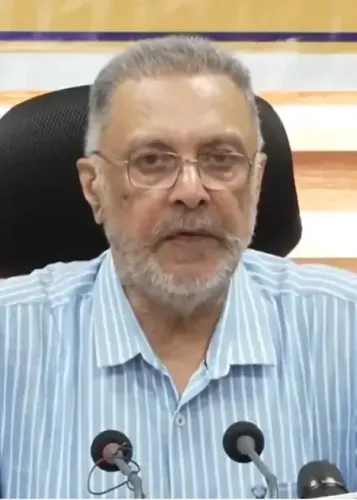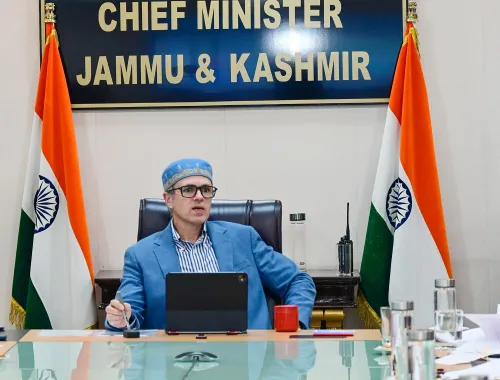Is PGIMER Prepared for Diwali Eye Emergencies?

Synopsis
Key Takeaways
- 22 doctors on duty for eye emergencies.
- Free surgical consumables provided.
- Immediate medical attention is crucial for eye injuries.
- Follow safety guidelines to prevent injuries.
- Emergency contact numbers available for assistance.
Chandigarh, Oct 20 (NationPress) As a leading institution in northern India, the Advanced Eye Centre of the Postgraduate Institute of Medical Education and Research (PGIMER) has made comprehensive arrangements to address Diwali-related eye injuries. In the event of an eye injury, it's crucial to cover the eye with a clean cloth or shield, avoid applying pressure, and seek an ophthalmologist's assistance promptly. A specialized team of doctors and staff has been established at PGIMER to manage all types of eye emergencies continuously until October 22.
A total of 22 dedicated doctors, along with a specialized anesthesia team, will be on duty around the clock. The PGIMER has assured that all emergency treatments, including major surgeries, will be conducted without delay during this period.
Moreover, all surgical consumables will be offered free of charge. Following this period, a team of over 20 doctors will continue to provide emergency services, including post-operative care.
Data from the last five years indicates that our department receives more than 60 cases annually during the Diwali season, with around 60-70% of these cases involving serious injuries. This highlights the urgent need for enhanced preventive measures.
The emergency contact numbers are mobile 9814014464 and landline 01722756117.
The hospital has cautioned that fireworks pose significant risks to eye safety. Injuries can vary from minor irritation to severe trauma, including burns and chemical exposure, due to sparks and debris.
Firework-related chemicals, such as heavy metals, sulfur, and charcoal, can result in lasting damage if they come into contact with the eyes. Such incidents can be prevented by following specific safety precautions while using firecrackers.
The hospital has provided a list of dos and don’ts for eye safety:
Maintain a safe distance (six to eight feet) while lighting or observing fireworks; wear protective goggles to shield against sparks and debris; supervise children, ensuring they do not handle crackers alone; choose open areas away from structures, vehicles, and dry grass; keep a bucket of water and a first aid kit accessible; opt for cotton clothing instead of synthetic materials; wash hands thoroughly after handling firecrackers; and have an emergency kit ready, including water, sand, and a first aid kit.









